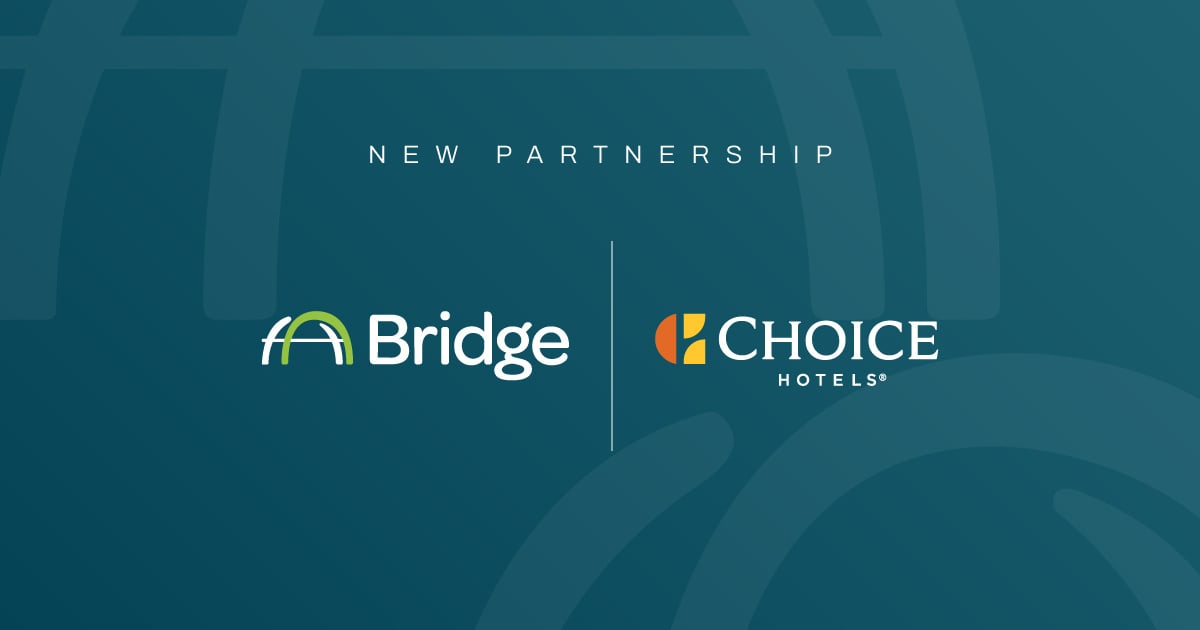You’re probably familiar with the cash crunch dilemma: Business is going great, you’ve soared over your sales goals, and you know your clients are reliable and will pay on time. The problem? You've got bills coming due soon. And your suppliers aren't particularly interested in hearing what an outstanding month you've had or how good you look on paper.
So now you’re investigating your options and accounts receivable factoring looks appealing. But, like most things in life, it has its upsides and downsides. So, if you’re wondering if factoring is right for your business, here's what you need to know.
What is accounts receivable factoring?
Accounts receivable factoring, or invoice discounting, is a form of financing in which a business sells its receivables to a company (called a factor in industry lingo) at a discounted rate.
"You're basically selling the rights to your receivables or invoices at a discount," says commercial lending expert Will Howard. "So you get a cash lump sum today from a factoring company in exchange for your receivables."
How does accounts receivable factoring work?
Here's how factoring works: You sell your unpaid invoices to a factoring company at a discount rate. The factoring company will give you a cash advance that’s typically between 75% and 95% of the total. This advance rate is largely dependent on the industry. For example, construction receivables are factored with advance rates of 70% to 80%, while staffing and transportation receivables get a higher advance rate of 85% to 95%.
The factoring company then takes over collecting on your invoices. Once they've collected the payments, you'll receive the difference between your advance and the total amount of the invoices minus a factoring fee. Depending on how the arrangement is structured, this factoring rate, typically between 1% and 4%, will be applied to either the amount of your cash advance or the total face value of your invoices.
Accounts receivable factoring: a simplified example
Let's say you have unpaid invoices totaling $100,000 that won’t come due for 30 days, but you need the money now. You decide to enter into a factoring arrangement with Factors R Us.
Under the terms of this agreement, you’ll get a 90% cash advance, and Factors R Us levies a 1.5% monthly factoring fee on the total face value of the invoices. So Factors R Us will give you $90,000 now, and when they've collected on your invoices, 30 days down the road, you'll get the remaining $10,000 minus the factoring fee:
1.5% factor fee = $100,000 X 0.015 = $1,500
$10,000 - $1,500 = $8,500
After this factoring arrangement, you'll have received a total of $98,500 for the $100,000 worth of invoices you sold to Factors R Us.
Accounts receivable factoring vs. traditional operating line of credit
While factoring is often confused with bank loans and lines of credit, factoring arrangements aren’t “factoring loans.”
“Factoring is very different from a working capital line of credit," Howard says. "With a line of credit, you hold on to your receivables. What you're basically saying to the bank is, you'll provide me with financing based on a percentage of my receivables."
With factoring, you're actually selling your receivables, which means you're relinquishing your right to collect on your invoices. This nets you an immediate cash advance, but the factoring company takes on more risk. "This risk means the cost of factoring will usually be more expensive than a line of credit," Howard notes.
Let's say the bank offers you an operating line of credit at an annual rate of 10%. At first glance, this looks a lot higher than the 1.5% factoring fee you're charged in the example above.
But it's not a straight comparison between 10% and 1.5%. You need to convert that 1.5% monthly factoring fee to an annualized rate — and, as it turns out, a 1.5% monthly rate equals an annual rate of 19.56%.
Types of accounts receivable factoring
In practice, there are several ways to structure a factoring agreement — and how an agreement is structured will impact your total factoring costs.
- Recourse factoring. With recourse factoring, you remain liable to the factoring company for any unpaid invoices. "So while you do get money up front," Howard explains, "if the factoring company isn't able to collect on some of these receivables, you could end up having to give some of your cash advance back."
- Non-recourse factoring. With non-recourse factoring, you’re not liable to the factoring company if a client doesn't pay your invoice. Since the company takes on all the risk, however, this type of factoring will be more expensive.
- Spot factoring. Spot factoring, also known as single invoice factoring, lets you choose the invoices you want to factor, plus you don't have to sign a long-term agreement. This flexibility usually comes at a higher cost.
- Whole ledger factoring. Whole ledger factoring is high-volume and usually costs less — you can think of it like a bulk deal. But on the downside, a long-term commitment is typically required, and you might have to meet monthly invoice minimums.
- Notification factoring. With most standard factoring arrangements, the factoring company will notify your clients that they're collecting on your invoices — which may be a cause for concern from your clients’ perspective.
- Non-notification factoring. In this type of factoring, your clients won't know about the factoring transaction. While payments must be made to the factoring company, any client communications from them will be made under your business's name.
Types of businesses that use accounts receivable factoring
Factoring tends to be more commonly used in certain industries. For example, a staffing agency will need to meet its weekly or biweekly payroll costs, but, depending on the payment terms it offers its clients, there might be a long gap between when it sends its invoices and when it gets paid. In addition to the staffing industry, other industries in which factoring is common include the transportation, oil and gas, and construction industries.
Pros and cons of accounts receivable factoring
It’s a good idea to know how a factoring agreement could benefit your business and what disadvantages you might have to deal with.
Pros of Accounts Receivable Factoring
Pros of factoring include:
- Quicker access to funds. This is the main benefit of factoring. Unlike a bank loan or a line of credit, it’s usually quicker to enter into a factoring arrangement, which means your cash flow problems will be solved much faster.
- Easier to get approved. With factoring, a negative credit profile won't necessarily impact your chances of approval. In fact, a factoring company will be more concerned with how creditworthy your clients are.
- Sufficient collateral. Since invoices are the basis of a factoring arrangement, you never have to worry about having sufficient collateral — your invoices are your collateral.
- More flexibility. Compared with an operating line of credit, factoring offers more flexibility. For example, it's more scalable, so you can increase or decrease the number of invoices you factor as needed.
Cons of Accounts Receivable Factoring
The cons of factoring include:
- Higher costs. As discussed above, you'll pay more for a factoring arrangement — potentially much more — than you would for a loan or operating line of credit.
- Sell on credit terms. Since you're selling your receivables, you have nothing to sell to a factoring company if you don't have unpaid invoices.
- Customer relationships. In most factoring arrangements, your clients must send their payments to the factoring company rather than your business. This could cause them to form a negative view of your business’s financial health.
- Banking implications. While factoring isn't a loan and won't affect your business's credit score, it can still impact your credit profile. "It could affect how a bank evaluates your business," Howard explains. "They'll want to know why you decided on a factoring arrangement. For example, was it for convenience, or is your business having a hard time collecting on its receivables?"
Accounts receivable factoring alternatives
Small businesses usually consider turning to factoring for help with cash flow problems. But there are alternatives:
Change your processes. For example, the sooner you invoice, the sooner you'll get paid. And offering online payment options, such as virtual cards for B2B customers, can reduce the time you wait for payment.
Turn on the automation. Automated reminder systems via text or email are a good way to remind clients of approaching payment dates.
Connect with a lender. Finding financing for your business doesn’t have to be difficult. Bridge, for example, specializes in helping business owners connect with the right lenders for their financing needs.
For many small business owners, cash flow issues can be challenging. And while accounts receivables factoring may be a viable solution, it's important to understand the disadvantages as well as the benefits of factoring so you can make the right decision for your business.
Accounts receivable factoring FAQs
What is the cost of factoring receivables?
The costs of factoring receivables will vary depending on the terms of your factoring arrangement, but factoring will typically be more expensive than more conventional financing.
What are the advantages of factoring receivables?
The main advantage of factoring receivables is faster access to funds. Other advantages include easier approvals and more flexibility than a line of credit.
What are the risks of factoring receivables?
Depending on the factoring arrangement, you could remain liable for unpaid invoices. Other risks include the potential impact on your customer and banking relationships.
Is factoring income taxable?
If you're selling your receivables to a factoring company, the money you receive from them is considered income which you will have to report. However, you should always consult an expert if you have any questions about the tax aspects of factoring.



